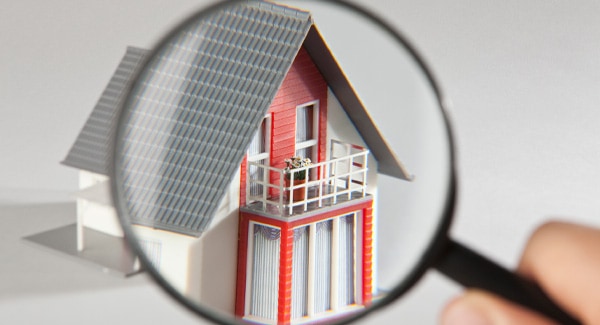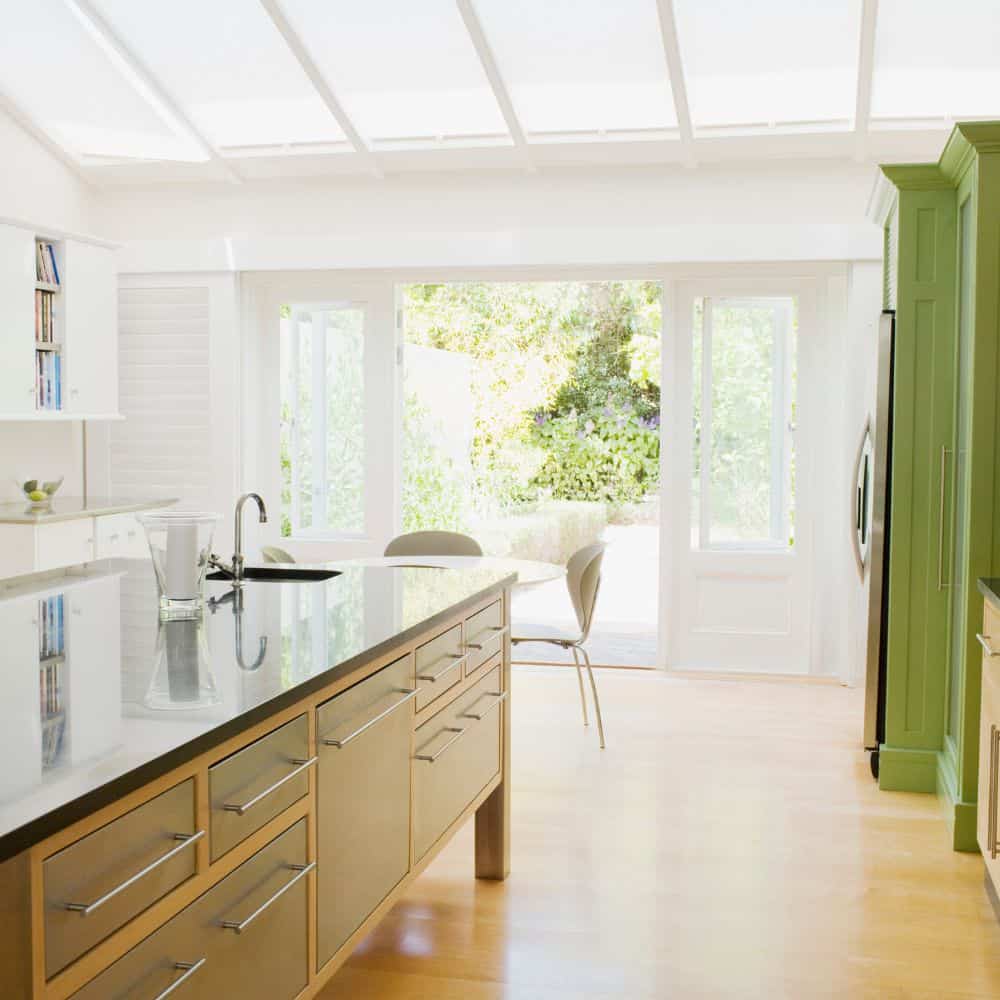
Last Updated on June 29, 2023
Shopping for a home is a big deal. It’s likely one of the largest purchase decisions you’ll ever make and with that, comes great responsibility to make sure it’s a decision you’ll be happy with for years to come.
To help you navigate this new process like a pro, we’ve put together a complete home shopping guide–allowing you to make a smart decision when it comes to buying your first home.
Step 1: Outline your budget
There’s no two ways around this, figuring out how much you can afford is the first step in deciding which home is right for you.
You can do a quick calculation to see what might fit into your price range when you use the 33/45 rule.
First, you’ll calculate how much 33% of your gross monthly income is. That’s the number you’ll want to stick to (or below) when it comes to budgeting for your mortgage, taxes and insurance.
Next, you’ll calculate all monthly debt (including your new mortgage payment). All debt should be no more than 45% of your gross income. If after doing the calculation your total debt exceeds 45%, adjust your proposed monthly mortgage amount.
Step 2: Look at a some homes in your price point
Practice makes perfect and it’s no different when shopping for homes. Get a feel for what kind of home you can afford when you tour homes (in person) that fit your budget.
While looking through the homes, make sure to note needs vs. wants so that you can review them later.
Here’s some common ideas to think about:
- Desired number of bedrooms/bathrooms
- Laundry room location
- Kitchen layout preferences
- Outdoor areas
- Square footage
- Type of neighborhood
- Age and style of the home
- Condition of items like roof, heating/air unit, windows, exterior material, etc.
Step 3: Don’t forget about drive time
Often home buyers get distracted with home features and quickly forget about the fact that their quaint 3 bedroom modern farmhouse is an hour away from their office.
Decide how long you’re willing to commute to work before looking at homes in particular neighborhoods–this way you won’t fall in love with homes that are just too far away.
It’s even a good idea to make the drive to homes you’re interested in during rush hour so there’s no question about how long the commute will take you.
Step 4: Factor in the cost of any renovations you want to complete
If you’ve been eyeing a charming 1920’s bungalow, chances are, it needs some work. But before you purchase a house that needs a laundry list of updates, secure at least a couple estimates for the entire amount you’ll need to shell out–that way you can accurately factor in the cost of repairs relative to the purchase price.
The estimated cost of renovation plus the cost of the house should be within 10 to 20 percent of your maximum housing budget, as complications can arise during the renovation process and you’ll want to make sure you don’t diminish your savings to afford it–because if that happens, you’ll really regret your purchase.
Keep reading: 10 questions to ask when buying a house



